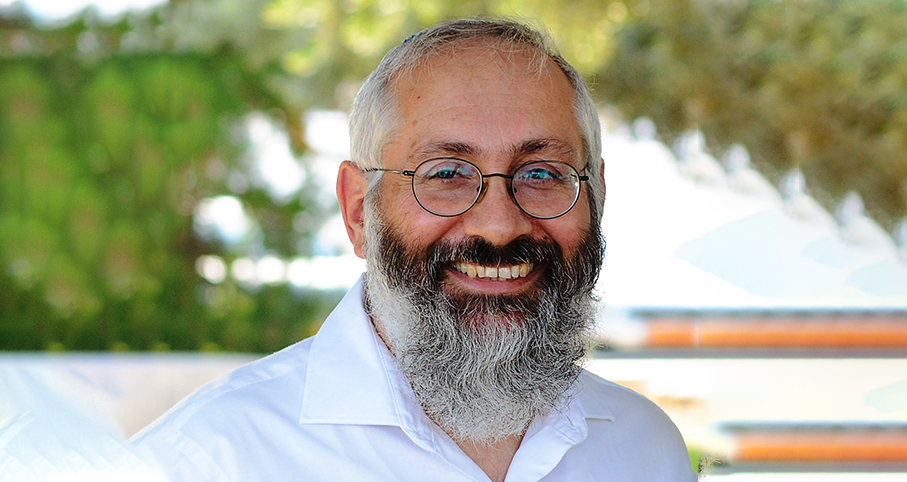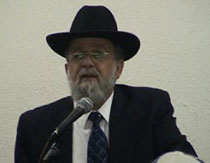Beit Midrash
- Sections
- Chemdat Yamim
- P'ninat Mishpat
Regarding the building of a shul, the Maharam set down a major rule. Whenever we cannot find a specific reason to obligate people to pay per person, the outlay is divided according to residents’ financial means. He rules to pay according to resources in regard to the hiring of a chazan for the Yamim HaNoraim as well. There he provides a reason. The more wealth a person has the more difficult it is for him to pack up his things to travel to take part in tefillot and leave his home unattended. The implication is that for hiring a chazan to serve throughout the year, where it is not applicable to talk about people going elsewhere to take part in tefillot, the collection would not be based on resources alone. Indeed, in our communities, the minhag is that half the payment is per person and half is according to resources.
The question then is why there should be a difference between the allocations for the expenses of building a shul and that for a chazan. If there is no difference, then we should collect money partially per person regarding a shul as well. However, there is logic to distinguish between the two areas. The hiring is done on a yearly basis, and therefore it makes more sense that all who are to benefit during the course of the year are to take part in paying for their benefit. In contrast, a shul is built to be used for many years. It is very possible that the poor person will leave the community at some point, and then he will not be receiving benefit corresponding to his long-term outlay. In this regard, the rich person, who has property and business locally is more likely to stay for a longer period of time. Another distinction is that poor people would be more willing to have the shul located in a mere shack, whereas richer people have more of an interest in glorifying their "house of Hashem" according to their financial status, following the directive of "honor Hashem from your resources." That is why I do not think it is right to allocate payment for a shul on a per person basis.
[The Knesset Hagedola (Tur, Orach Chayim 150) cites the Maharam Padova as saying that the building of a shul should be paid for according to resources, but rental of a shul is to be per person. Eliya Rabba (OC 150:1) understands that according to our responsum, it would be half per person and half according to resources. While this can be worked into the logic of this responsum, I do not see where it says so explicitly or why it must be the Maharam Padova’s opinion. In any case, the Eliya Rabba’s understanding of the Maharam Padova has been cited as halacha by the Mishna Berura (OC 150:2).]

P'ninat Mishpat (802)
Various Rabbis
305 - Hasagat G’vul Regarding with the Government
306 - Participation in the Expenses
307 - Lost Collateral
Load More

P'ninat Mishpat: Did Any Furniture Go to the Buyer? – part I
based on ruling 84093 of the Eretz Hemdah-Gazit Rabbinical Courts
Beit Din Eretz Hemda - Gazit | Kislev 5786

P'ninat Mishpat: Smoking Rights in a Rental? – part II
based on ruling 85076 of the Eretz Hemdah-Gazit Rabbinical Courts
Beit Din Eretz Hemda - Gazit | Tishrei 5786

P'ninat Mishpat: Did Any Furniture Go to the Buyer? – part II
based on ruling 84093 of the Eretz Hemdah-Gazit Rabbinical Courts
Beit Din Eretz Hemda - Gazit | Kislev 5786




















